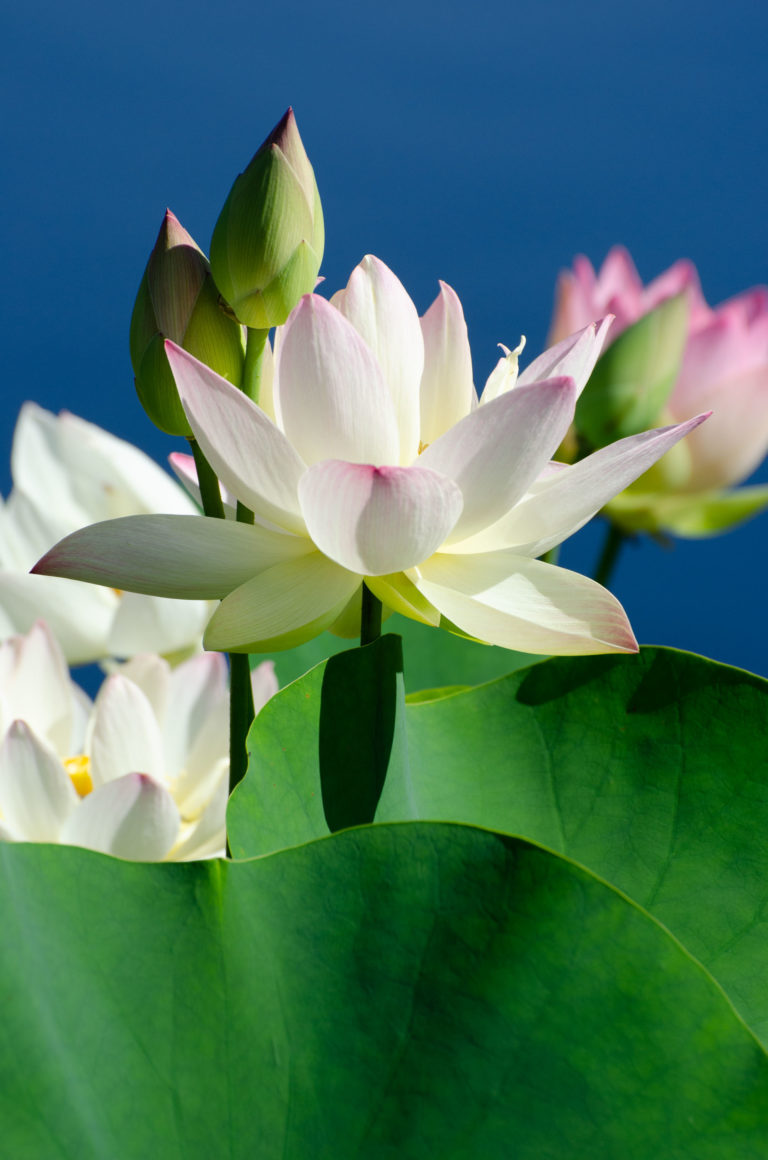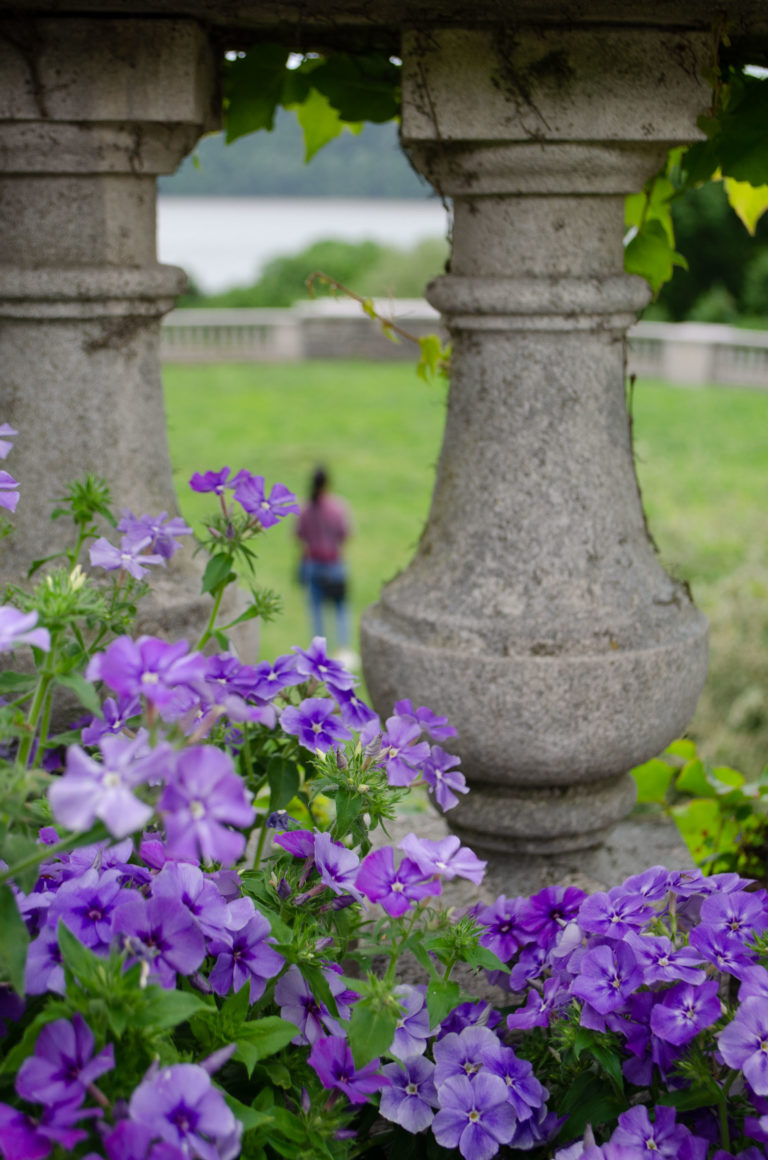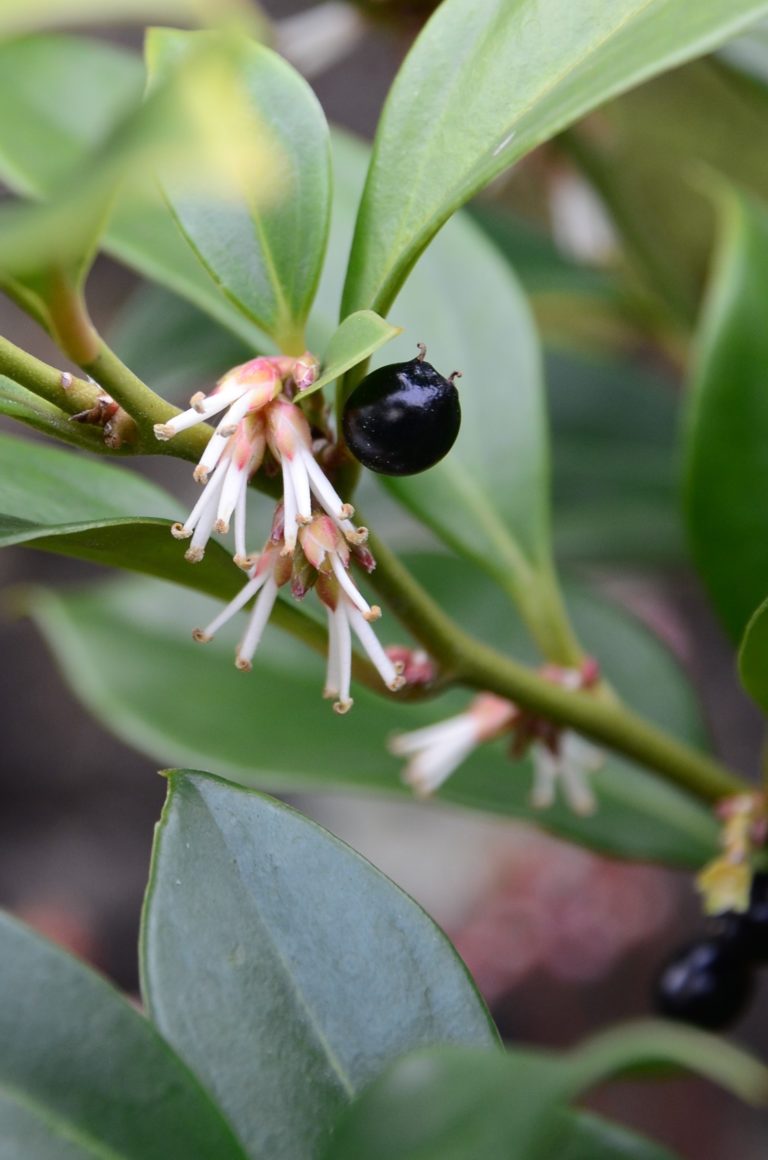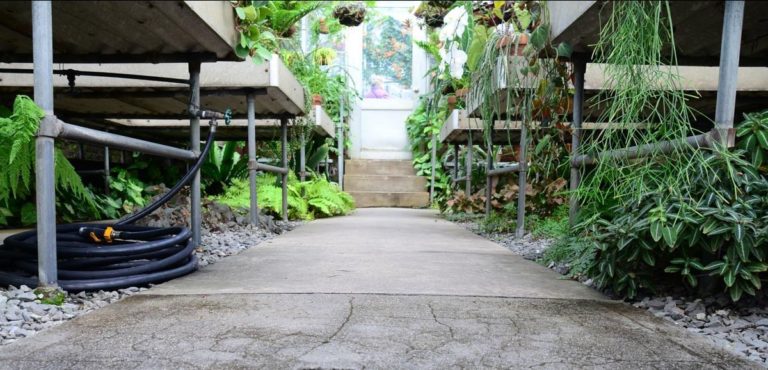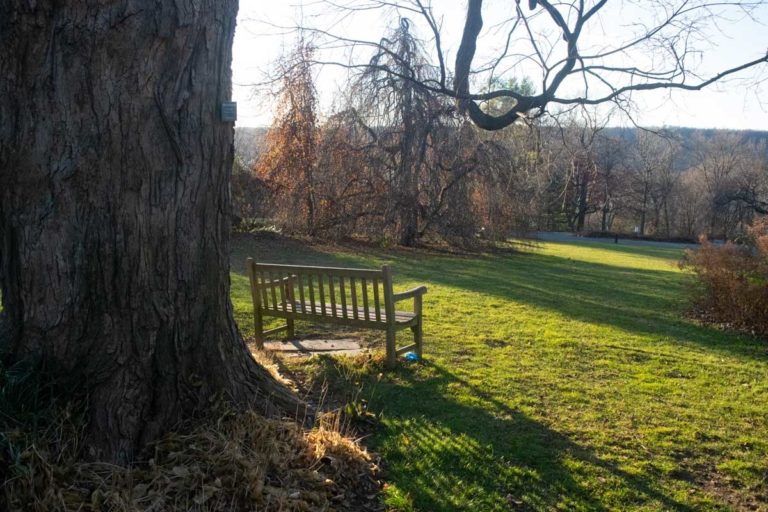
A Winter Treasure Hunt
January 24, 2022Compared to the other seasons, winter is sleepy. That guides my attention towards the unseen. Adorned with proper outerwear, a deep winter walk in the garden is an ethereal experience. When I look up, my gaze follows limbs of great trees from crown to sinus-y root flare. I notice gaps, normally filled with flowers or leaves.
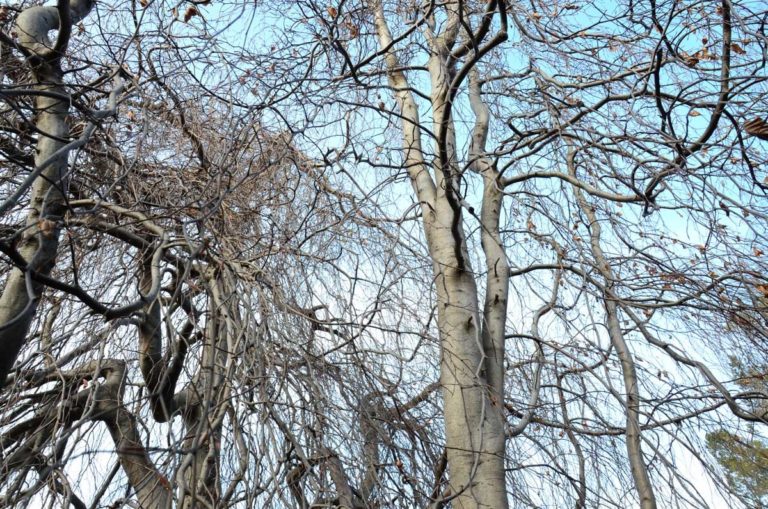
Naked trees are telling. Without leaves to distract, gardeners can see a tree’s form and make decisions about future care. A leafless Fagus sylvatica f. pendula (European weeping beech) revealed a secret hidden underneath its limbs. Now tall enough to breach the protection of its mother beech’s canopy, another tree is growing there, too. Grown from a rooted limb, this behavior is called “walking.”
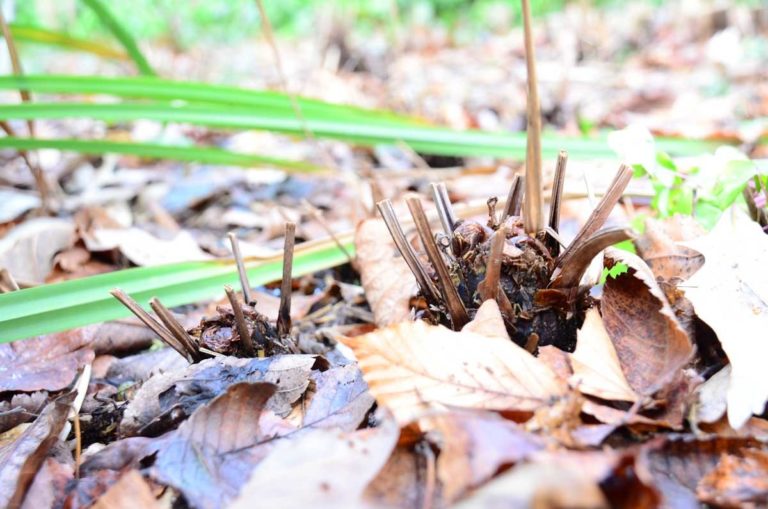
Trees are not the only thing with revealing gaps in winter. In garden beds, leaves obscure perennials and protect dormant seeds. As I walk the Shade Border pathway, I often gaze down. As I glimpse something interesting, I take a knee to join the plant on its level. This week, I found fern “crowns” fascinating; crowns are where fern fronds will form. There are many growing along the pathway, curled up as they wait for spring.
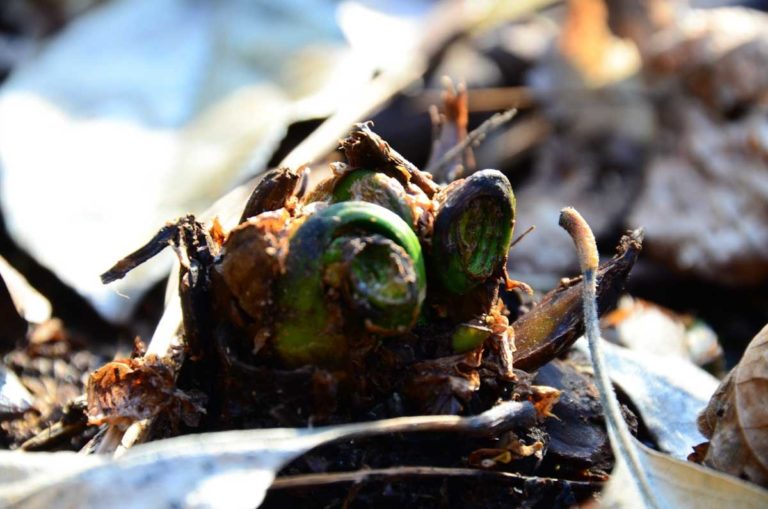
My wintry gaze settles at eye level. At the eastern edge of the Herb Garden, a retaining wall holds back the Wild Garden. Obstructed by the buzz of color and texture, the southern side of this wall is usually more plant than stone. Come winter, the climbers have lost their leaves and other plants growing atop the wall draw my gaze. The purple and red leaf pads of Opuntia humifusa (eastern prickly pear) are a manifestation of anthocyanins, or red pigments, which help some dormant plants survive winter. Nothing has dared eat these prickly pear fruits—the spines must have deterred our hungry squirrels.
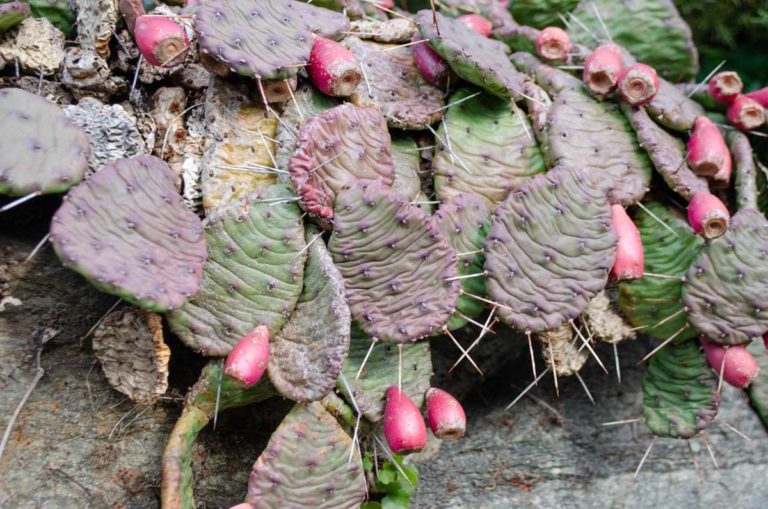
Winter light shining between tree limbs, the brisk air and the colors of winter bring me joy, but that isn’t the case for all of us. This season may still appear barren and boring to many. But now that the winter solstice is long past; the days are growing longer and some snowdrops have started blooming, a harbinger of hope and spring. Stay warm!
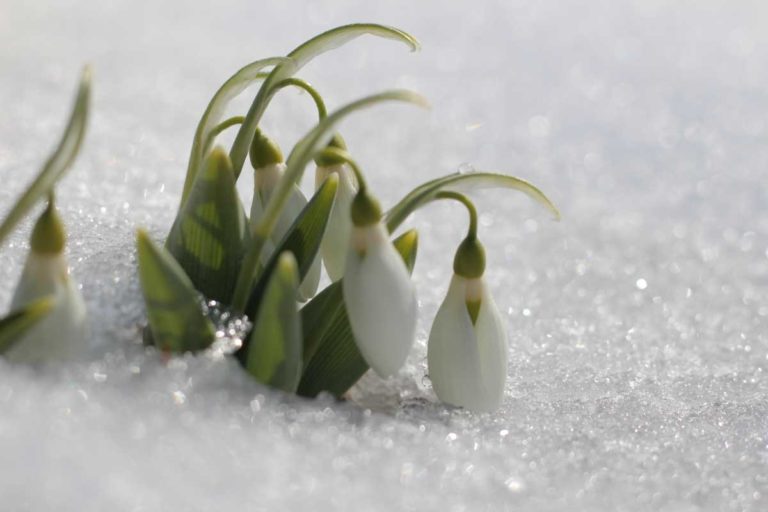
Jess Brey,
Ruth Rea Howell Senior Horticultural Interpreter
